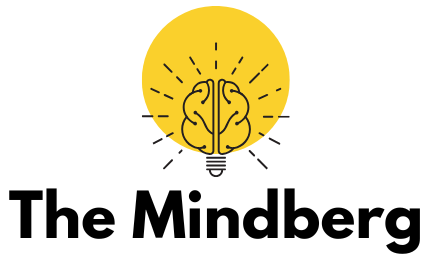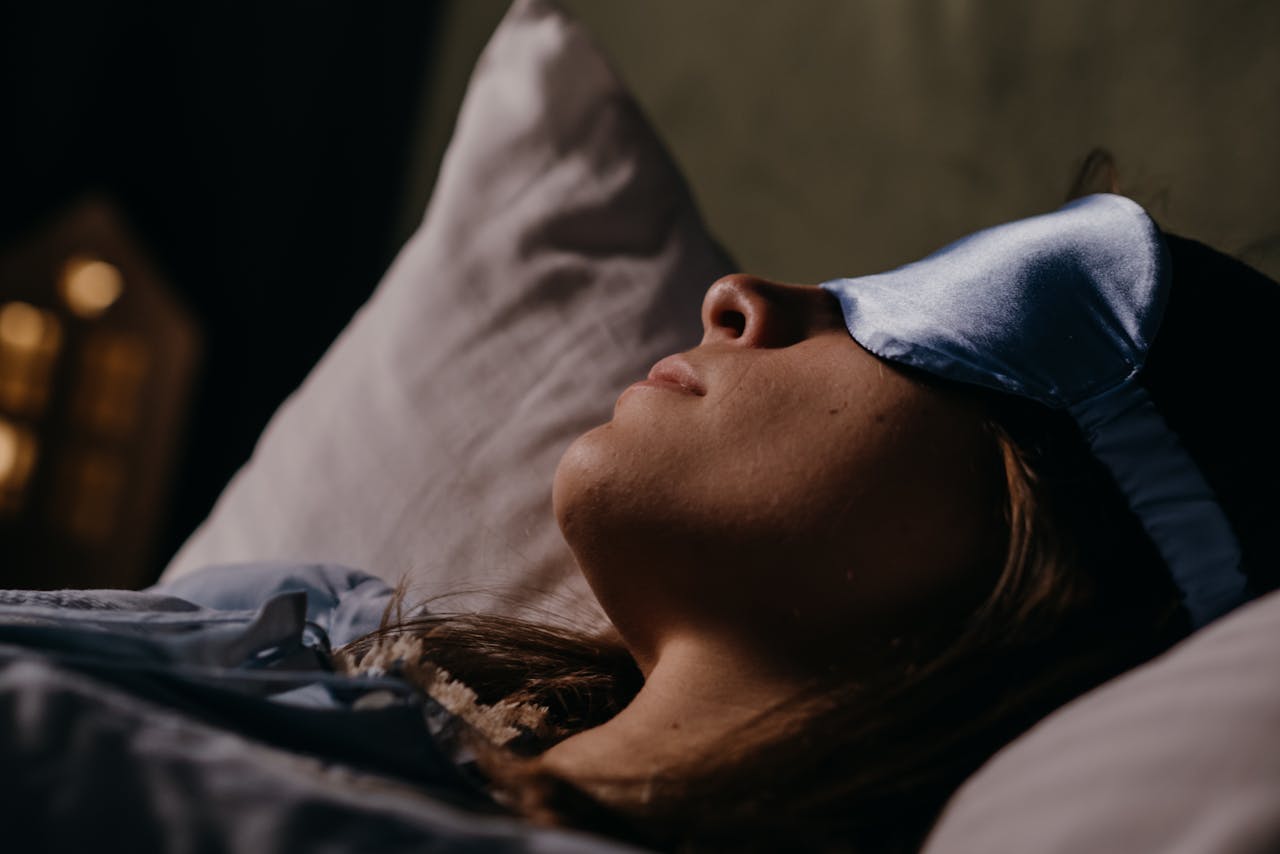Circadian rhythm sleep disorders (CRSDs) are a group of conditions that disrupt the natural sleep-wake cycle, leading to a mismatch between an individual’s internal biological clock and external environmental cues such as light and time. These disruptions can cause significant difficulty in maintaining regular sleep patterns, impacting overall health and well-being.
CRSDs affect both the timing and quality of sleep, leading to fatigue, poor cognitive function, and even more serious health problems if left untreated. While these disorders can affect anyone, they are especially common among shift workers, individuals with irregular sleep habits, and those suffering from jet lag.
The circadian rhythm is a 24-hour cycle controlled by an internal clock located in the brain. This rhythm regulates sleep-wake cycles, feeding schedules, body temperature, and other vital processes. A well-functioning circadian rhythm helps synchronize the body’s internal processes with the external environment, ensuring that sleep occurs at night and wakefulness during the day.
When this rhythm is disrupted, however, the result is often a variety of health issues, from insomnia to cognitive decline. This blog aims to delve into the types of CRSDs, their causes, symptoms, and treatments, as well as provide guidance on managing these disorders to regain a healthy sleep cycle.
Understanding the Circadian Rhythm
The circadian rhythm is governed by the suprachiasmatic nucleus (SCN) in the brain, which responds to external cues such as light. These cues synchronize the internal clock to the 24-hour day. When the rhythm is functioning normally, it helps the body feel awake during the day and sleepy at night. However, disruptions—such as irregular sleep schedules or exposure to light at inappropriate times—can cause the circadian rhythm to drift. This misalignment can lead to poor sleep quality, daytime fatigue, and other health complications.
In addition to external light exposure, the circadian rhythm is influenced by genetic factors, environmental conditions, and lifestyle choices. People who work night shifts or travel across time zones frequently experience disruption to their circadian rhythms, leading to the onset of sleep disorders. Understanding how the circadian rhythm works is crucial for identifying the causes of sleep disturbances and addressing them effectively.
Common Types of Circadian Rhythm Sleep Disorders
There are several types of CRSDs, each affecting the timing of sleep differently. One of the most common is delayed sleep phase disorder (DSPD), where individuals experience difficulty falling asleep until very late at night, resulting in trouble waking up in the morning. On the other hand, advanced sleep phase disorder (ASPD) causes individuals to fall asleep and wake up earlier than desired, often disrupting social and professional obligations.
Shift work sleep disorder (SWSD) is another prevalent condition affecting those who work non-traditional hours. This disorder occurs when a person’s work schedule conflicts with their natural sleep-wake cycle, leading to sleep deprivation and fatigue. Jet lag disorder, which is caused by traveling across multiple time zones, leads to a temporary misalignment of the circadian rhythm, resulting in difficulty adjusting to new sleep schedules. Recognizing the type of CRSD is essential for determining the appropriate treatment and management strategies.
Causes of Circadian Rhythm Sleep Disorders
The causes of CRSDs can be both internal and external. Internal factors, such as genetic mutations or underlying health conditions, can predispose individuals to a misaligned circadian rhythm. For instance, people with DSPD or ASPD often have a genetic tendency toward irregular sleep patterns, which can be exacerbated by environmental influences.
External factors include lifestyle habits such as irregular sleep schedules, excessive screen time, or frequent travel across time zones. Light exposure, particularly blue light from screens, can confuse the body’s internal clock, making it difficult to sleep at the right time. Furthermore, shift work is a major contributor to circadian rhythm disruptions, as it forces individuals to sleep at times when their bodies are naturally programmed to be awake. Understanding both internal and external causes is crucial in preventing and managing CRSDs effectively.
Symptoms and Impact of CRSDs
The symptoms of CRSDs vary depending on the specific disorder, but the most common sign is persistent difficulty falling asleep or staying asleep at night. Individuals with these disorders may also experience excessive daytime sleepiness, irritability, difficulty concentrating, and decreased cognitive function. Over time, these symptoms can worsen, leading to more severe health consequences such as depression, anxiety, and cardiovascular issues.
Chronic sleep disruptions can have a profound impact on quality of life. For example, individuals with shift work sleep disorder often face difficulties maintaining a regular social life, while those with DSPD may struggle with work or school commitments. Beyond immediate cognitive and emotional effects, long-term circadian rhythm disruptions have been linked to an increased risk of developing chronic conditions such as obesity, diabetes, and heart disease. Addressing these symptoms early can help reduce the risk of more severe health issues down the line.
Diagnosis and Evaluation of CRSDs
Diagnosing a circadian rhythm sleep disorder involves a comprehensive assessment by a healthcare provider. A detailed sleep history, including sleep patterns, lifestyle habits, and symptom tracking, is essential in identifying the disorder. In some cases, sleep studies or actigraphy—a method of measuring sleep patterns using a wrist-worn monitor—may be used to gather further information.
An essential part of the evaluation process is determining the severity of the disorder and how it impacts daily life. Since these conditions can overlap with other sleep disorders like insomnia or obstructive sleep apnea, a thorough examination helps rule out other potential causes for sleep disruption. Accurate diagnosis is necessary to create an effective treatment plan tailored to the specific type of CRSD.
Treatment Options for Circadian Rhythm Sleep Disorders
Treatment for CRSDs typically includes a combination of behavioral therapies, lifestyle changes, and in some cases, medication. One of the most effective methods is cognitive behavioral therapy for insomnia (CBT-I), which focuses on changing negative thought patterns and behaviors associated with sleep. This therapy helps individuals develop healthier sleep habits and manage stress, ultimately improving sleep quality.
In addition, light therapy is commonly used to help regulate the circadian rhythm. Exposure to bright light at specific times of the day can help shift the internal clock and improve sleep timing. Medications such as melatonin or sedative-hypnotic drugs may also be prescribed to help individuals fall asleep or stay asleep. A combination of these approaches is often the most effective strategy for managing CRSDs.

